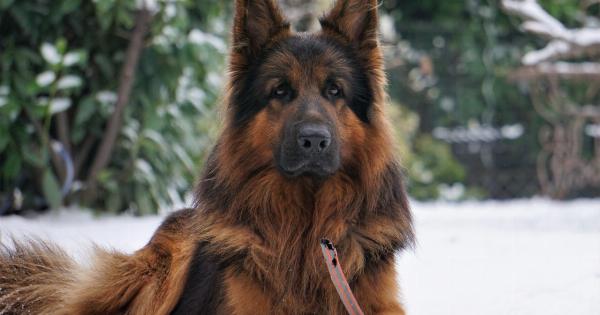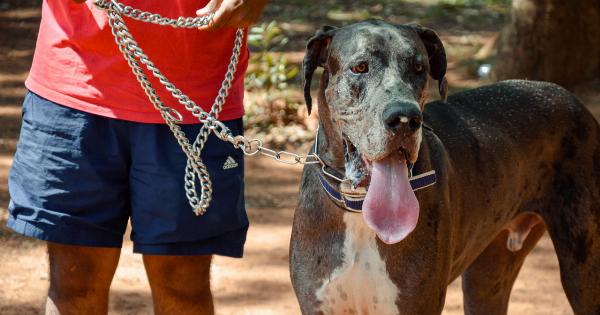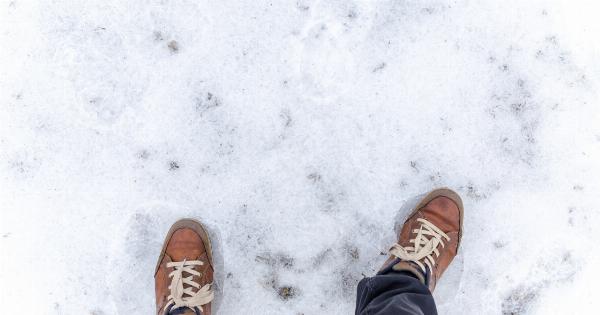As the chill of winter settles in, it becomes essential to take extra care of our furry friends. Dogs, just like humans, are susceptible to the cold weather and need protection to stay healthy and safe.
Here are five key pointers to keep in mind when it comes to protecting your dog from the cold:.
1. Provide Adequate Shelter
One of the most crucial aspects of keeping your dog safe in the cold is providing them with proper shelter. Ensure that your dog has access to a warm and dry space where they can seek refuge from the cold.
If your dog spends time outdoors, consider providing a well-insulated doghouse with raised flooring to prevent direct contact with the cold ground.
2. Dress Appropriately
Just like humans, dogs can benefit from proper winter attire. Depending on the breed and the dog’s tolerance to cold, consider dressing them in a warm and comfortable dog sweater or coat.
This will help retain their body heat and protect them from the biting cold. However, make sure that the clothing is not restrictive, and your dog can move comfortably.
3. Keep Them Hydrated
Many pet owners tend to overlook the importance of hydration during winter. Although it may seem counterintuitive, dogs can still get dehydrated in cold weather.
Ensure that your dog has access to fresh water at all times, and regularly check for any signs of dehydration.
4. Adjust Their Diet
In colder temperatures, dogs burn more calories to stay warm. To help them stay energized and maintain a healthy weight, consider adjusting their diet accordingly.
Consult your veterinarian to determine if any changes need to be made, such as increasing the amount of food or switching to a higher-calorie diet.
5. Be Mindful of Paw Care
Cold weather can be harsh on your canine companion’s paws. Ice, snow, and salt on the ground can cause discomfort, dryness, and, in some cases, injury.
After walks, make sure to wipe your dog’s paws with a warm towel to remove any ice or salt residue. Additionally, consider using pet-friendly paw balms to moisturize and protect their paw pads from cracking.
By following these key pointers, you can ensure that your beloved pet remains safe and healthy throughout the cold winter months. Remember, each dog is unique, so monitor their behavior and adjust your care routine accordingly.
With a little extra attention and care, you and your dog can enjoy the beauty of winter while staying protected from its challenges.




























